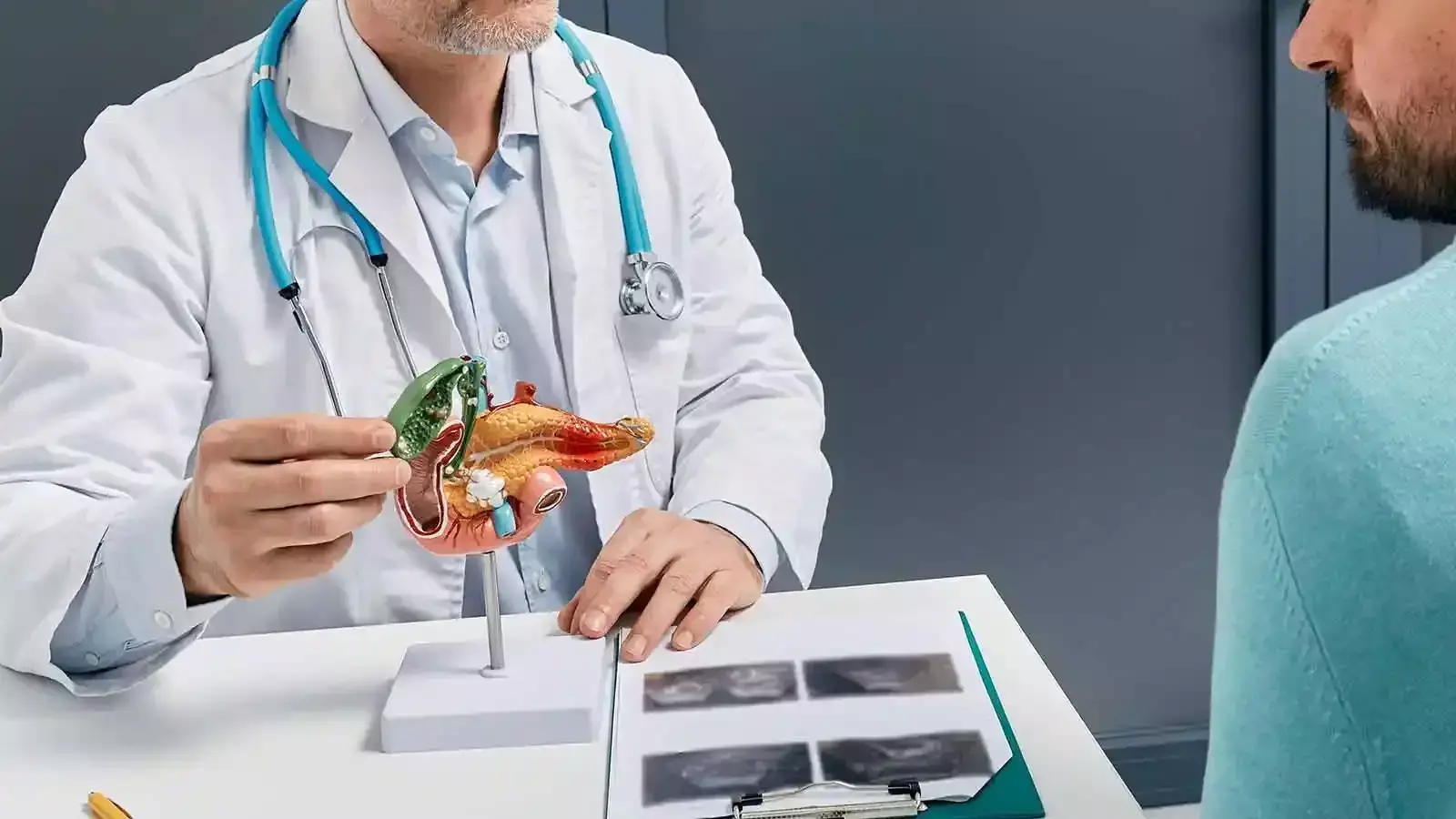- Home
- Medical news & Guidelines
- Anesthesiology
- Cardiology and CTVS
- Critical Care
- Dentistry
- Dermatology
- Diabetes and Endocrinology
- ENT
- Gastroenterology
- Medicine
- Nephrology
- Neurology
- Obstretics-Gynaecology
- Oncology
- Ophthalmology
- Orthopaedics
- Pediatrics-Neonatology
- Psychiatry
- Pulmonology
- Radiology
- Surgery
- Urology
- Laboratory Medicine
- Diet
- Nursing
- Paramedical
- Physiotherapy
- Health news
- Fact Check
- Bone Health Fact Check
- Brain Health Fact Check
- Cancer Related Fact Check
- Child Care Fact Check
- Dental and oral health fact check
- Diabetes and metabolic health fact check
- Diet and Nutrition Fact Check
- Eye and ENT Care Fact Check
- Fitness fact check
- Gut health fact check
- Heart health fact check
- Kidney health fact check
- Medical education fact check
- Men's health fact check
- Respiratory fact check
- Skin and hair care fact check
- Vaccine and Immunization fact check
- Women's health fact check
- AYUSH
- State News
- Andaman and Nicobar Islands
- Andhra Pradesh
- Arunachal Pradesh
- Assam
- Bihar
- Chandigarh
- Chattisgarh
- Dadra and Nagar Haveli
- Daman and Diu
- Delhi
- Goa
- Gujarat
- Haryana
- Himachal Pradesh
- Jammu & Kashmir
- Jharkhand
- Karnataka
- Kerala
- Ladakh
- Lakshadweep
- Madhya Pradesh
- Maharashtra
- Manipur
- Meghalaya
- Mizoram
- Nagaland
- Odisha
- Puducherry
- Punjab
- Rajasthan
- Sikkim
- Tamil Nadu
- Telangana
- Tripura
- Uttar Pradesh
- Uttrakhand
- West Bengal
- Medical Education
- Industry
Surgical Treatment Reduces Readmissions in Older Adults with Acute Cholecystitis: JAMA

Surgical Treatment Reduces Readmissions in Older Adults with Acute Cholecystitis suggests a study published in the JAMA.
Acute cholecystitis in older patients with multimorbidity is associated with a high risk of morbidity and mortality. Debate exists as to whether operative or nonoperative treatment is the most appropriate approach.
A study was done to compare the effectiveness of operative and nonoperative treatment in older adults with multimorbidity who are hospitalized emergently with acute cholecystitis. This was a nationwide retrospective comparative effectiveness research study conducted in the US from 2016 to 2018 that used both an inverse propensity weight analysis and an instrumental variable analysis.
The study participants were Medicare beneficiaries with multimorbidity hospitalized emergently with acute cholecystitis. Previously validated qualifying comorbidity sets were used to identify multimorbidity. Data were analyzed from April 1, 2016, to December 31, 2018. The primary outcome was 30- and 90-day mortality. Secondary outcomes included readmission rates, emergency department (ED) revisit rates, and cost. A preference-based instrumental variable approach was used to isolate circumstances for which the decision to operate is in clinical equipoise. Our hypothesis was that operative treatment would be associated with decreased mortality compared with nonoperative management.
Results : Among the 32 527 included patients, the median age was 78.8 years (IQR, 72.4-85.2 years), and 21 728 patients (66.8%) underwent cholecystectomy. Of the 10 799 patients (33.2%) who received nonoperative treatment, 3462 (32.1%) received a percutaneous cholecystostomy tube. Among all patients, operative treatment was associated with a lower risk of 30-day mortality (risk difference [RD], −0.03; P < .001) and 90-day mortality (RD, −0.04; P < .001) compared with nonoperative treatment. Among patients for whom the treatment decision was in clinical equipoise, mortality was similar for the operative and nonoperative treatment groups; operative treatment was associated with a lower risk of 30-day readmissions (RD, −0.15; P < .001) and 90-day readmissions (RD, −0.23; P < .001) as well as a lower risk of 30-day ED revisits (RD, −0.09; P < .001) and 90-day ED revisits (RD, −0.12; P < .001). The risk-adjusted cost of operative treatment was higher at the index hospitalization (+$2870.84; P < .001) and lower at 90 days (−$5495.38; P < .001) and 180 days (−$9134.66; P < .001) compared with nonoperative treatment.
The findings of this comparative effectiveness research study suggest that risk-adjusted operative treatment of acute cholecystitis in older patients with multimorbidity was associated with lower rates of 30- and 90-day readmissions and ED revisits compared with nonoperative treatment and a lower cost by 90 days. These findings further suggest that when uncertainty exists regarding the most appropriate treatment approach for this challenging population, strong consideration should be given to operative treatment.
Reference:
Acker RC, Ginzberg SP, Sharpe J, et al. Operative vs Nonoperative Treatment of Acute Cholecystitis in Older Adults With Multimorbidity. JAMA Surg. Published online April 16, 2025. doi:10.1001/jamasurg.2025.0729
Dr. Shravani Dali has completed her BDS from Pravara institute of medical sciences, loni. Following which she extensively worked in the healthcare sector for 2+ years. She has been actively involved in writing blogs in field of health and wellness. Currently she is pursuing her Masters of public health-health administration from Tata institute of social sciences. She can be contacted at editorial@medicaldialogues.in.
Dr Kamal Kant Kohli-MBBS, DTCD- a chest specialist with more than 30 years of practice and a flair for writing clinical articles, Dr Kamal Kant Kohli joined Medical Dialogues as a Chief Editor of Medical News. Besides writing articles, as an editor, he proofreads and verifies all the medical content published on Medical Dialogues including those coming from journals, studies,medical conferences,guidelines etc. Email: drkohli@medicaldialogues.in. Contact no. 011-43720751


